Once or twice, when on a crowded overnight flight, I have taken a sneaky stroll through the different cabins for the purpose of comparison. My reaction on first peering into each cabin goes like this. First class: “Gosh, this is fabulous. It’s like a restaurant in the air.” Business class: “Ooh, this is nice; they get flat beds and everything.” Premium economy: “Well this is OK; the seats seem comfy and it’s all pretty civilized.” Economy: “It’s the ‘Raft of the Medusa.’”
Now here’s the thing. In terms of comfort, the biggest gap between two adjacent flight classes is between economy and premium economy. This improvement is simply achieved with seats a mere inch or so wider, with a tad of extra legroom and eight seats per row rather than nine — in a two-four-two seat configuration rather than the ghastly three-three-three. Proportionately, it doesn’t cost much to do this — indeed premium economy is a very profitable cabin for airlines. This raises the suspicion that they make economy deliberately nasty to encourage people to upgrade — a theory first advanced by the nineteenth-century French economist Jules Dupuit to explain why third-class railway carriages had no roofs. Interestingly, Boeing designed the 787 to have two-four-two seating in economy; every airline outside Japan then squeezed in an extra seat in each row.
You get a buzz from a bargain and a thrill from an extravagance. You don’t get an endorphin rush from mid-market retail
In a saner world, 50 percent of the seats on a plane would be premium economy seats, priced at 30 percent (not 100 percent) more than economy. Yet this option does not exist.
And it’s kind of our fault. You see, the market for “pretty good” is a surprisingly difficult market in which to succeed. This problem arises whenever a logical assumption in economic theory collides with a quirk of human psychology. Economics assumes that every purchase decision involves a smooth trade-off between price and quality. If asked, consumers say the same thing: “I want good quality at a reasonable price.” In reality the mindset driving any one transaction is either primarily price-driven or primarily quality-driven. This leads to polarization in markets, where you get to choose between opulent but stupidly expensive or cheap and annoyingly crap — like grocery retail. Every time I see an article bemoaning the decline of a swanky department storie I want to say: “It’s not their fault, it’s their customers’ fault. They claim they want quality and value but they don’t.” You get a buzz from a bargain and a thrill from an extravagance — you don’t get an endorphin rush from mid-market retail. Fast-food restaurants have learned this lesson, which is why they practice something called “barbell pricing.” They have bargain items and treat items on the menu and nothing in between.
Worse still, people are much more quality-seeking when buying positional or luxury goods than when buying goods or services which are useful or essential. People buy smartphones for their status but choose mobile networks on price — even though good network coverage may be far more valuable than the latest iPhone. Hence phone manufacturers can capture the consumer surplus much better than network providers can. People are happy to pay $250 for a pair of sunglasses which cost $5 to make, but cavil when an energy company — which warms their home — makes 5 percent profit. Many intangible service brands face this problem. If you can’t premiumize what you offer, you enter a spiral of endless cost-cutting, which makes service levels even worse, so the gap widens further.
This is the second risk of AI. One risk is that it is so clever it rules the world using hordes of armed hoplite drones. The alternative is that AI is dumb, but companies use it because it’s cheap. If you think human bureaucracy is bad, wait until it’s automated.
This article was originally published in The Spectator’s UK magazine. Subscribe to the World edition here.











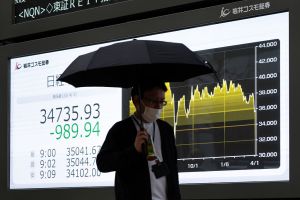
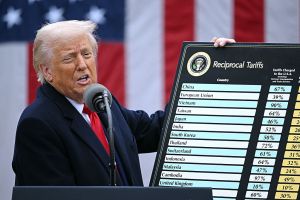
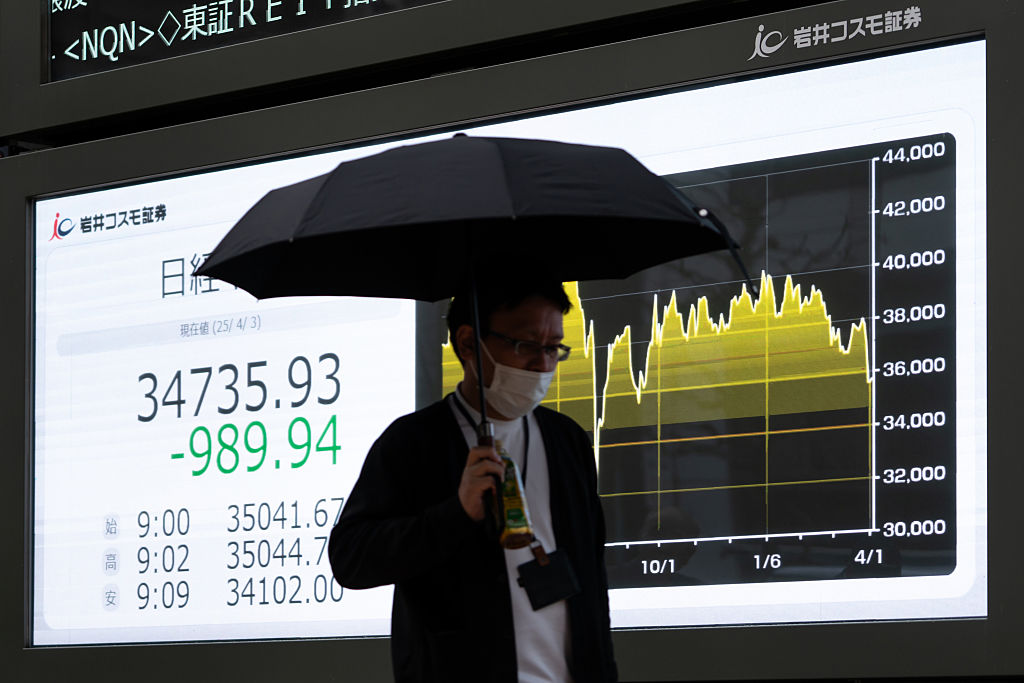
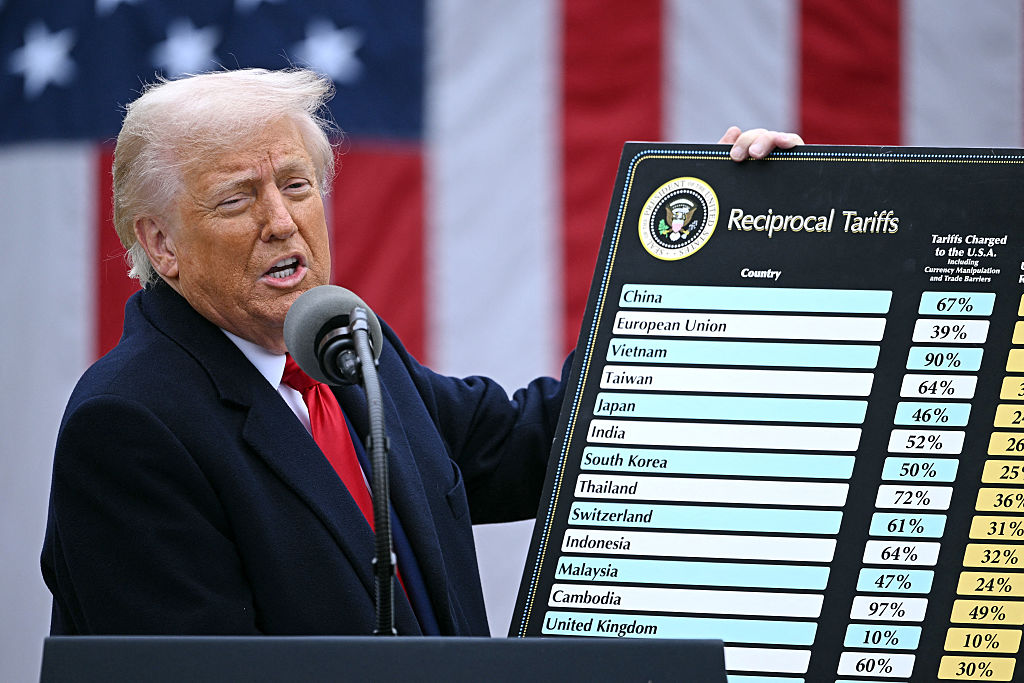



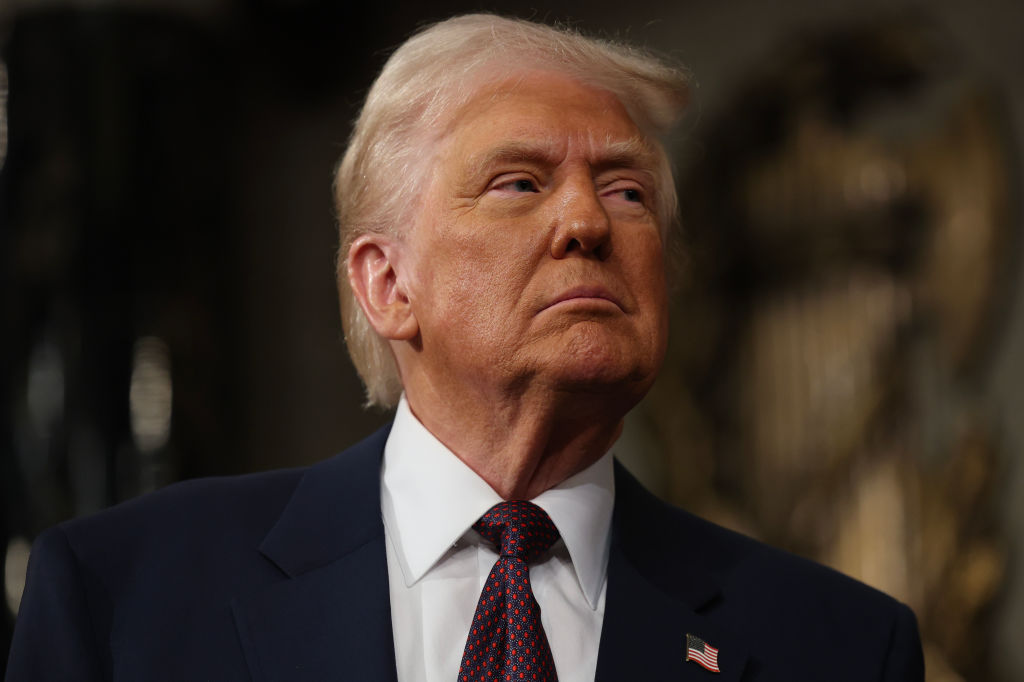







Leave a Reply